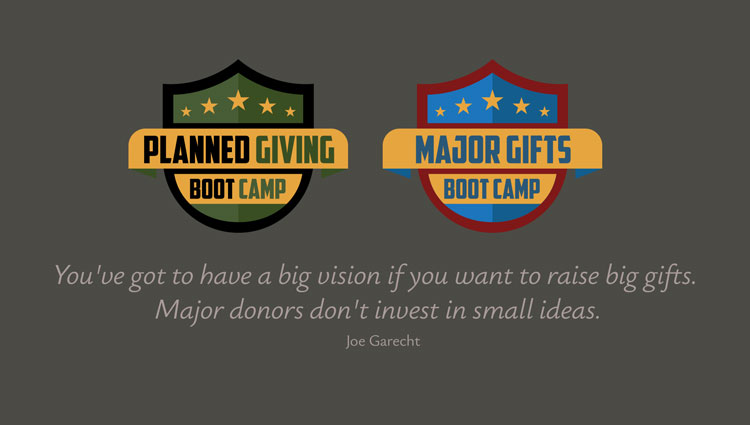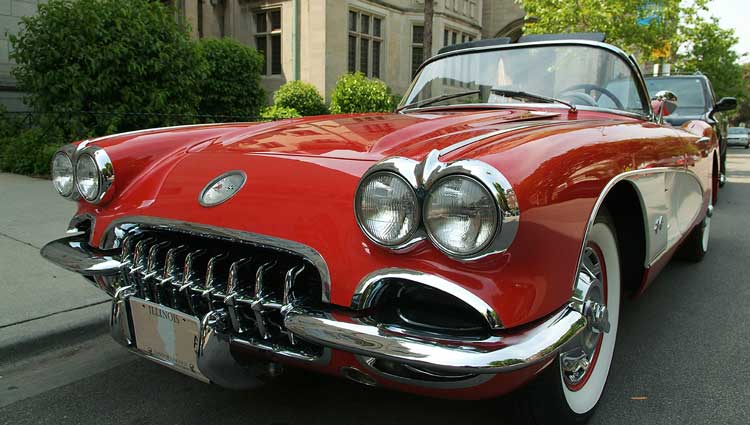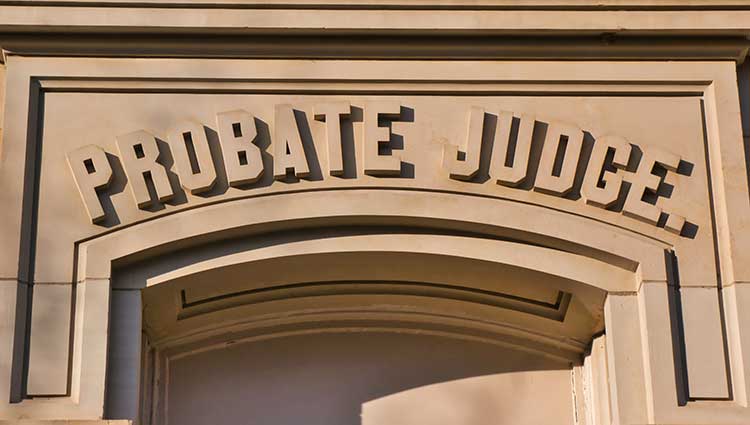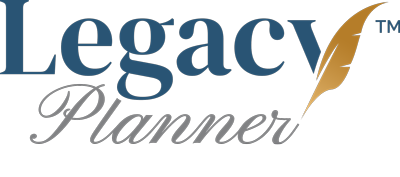Joe Garecht has joined the Center for Major Gifts as a Senior Advisor, bringing over 25 years of experience in nonprofit fundraising. Joe specializes in building fundraising systems to help organizations dramatically increase revenue. He will contribute articles, webinars, white papers, and courses, and lead the Major Gifts Boot Camp, complementing the Planned Giving Boot Camp by Jonathan Gudema. This addition enhances the organization's planned giving services for over 5,000 charities.












